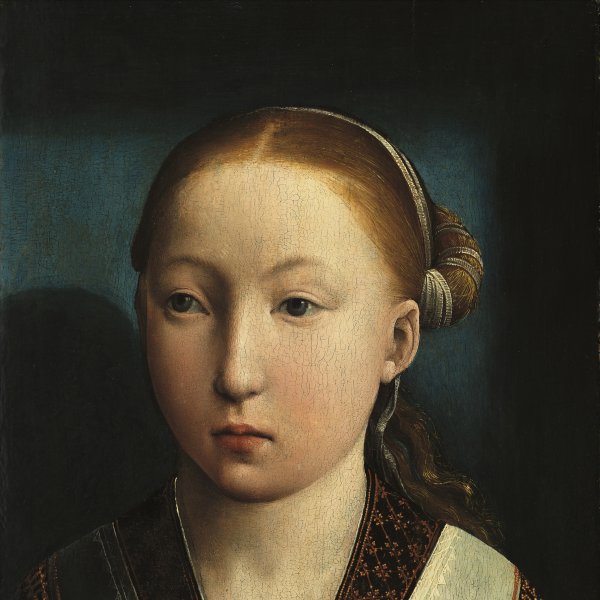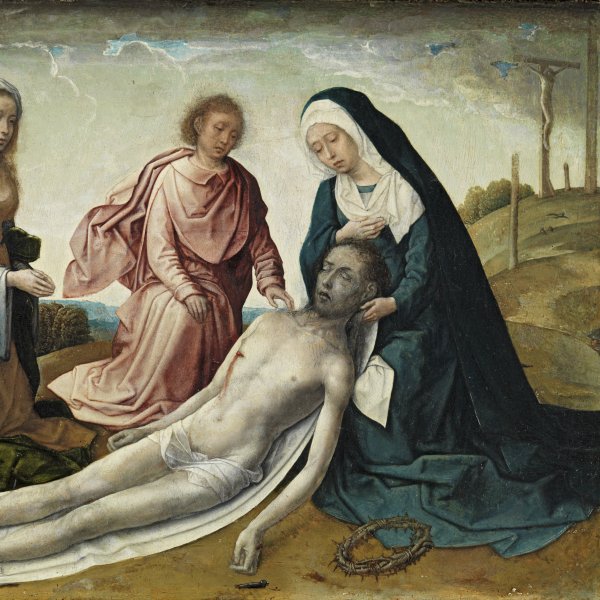Juan de Flandes
Juan de Flandes was painter to Queen Isabel the Catholic and is documented in Spain from 1496 onwards. Nothing is known of his life prior to his arrival in that country. Of Flemish origins, to judge from the name by which he was known in Spain, his work reflects the innovation of the Bruges school in the last quarter of the 15th century, and in particular the work of Hugo van der Goes and Justus of Ghent. Having arrived in Spain, Juan de Flandes immediately settled in Burgos where he met Michel Sittow, a Flemish artist in the service of the Queen. Juan de Flandes’ first documented work (now fragmented) is the Saint John the Baptist Altarpiece, painted for the Charterhouse at Miraflores, Burgos, a commission for which payments to the artist are documented in 1496 and 1499. For Queen Isabel he painted The Polyptych of Queen Isabel the Catholic, a devotional work on which Michel Sittow also collaborated. In the inventory of Isabel’s possessions drawn up in 1505 it is described as having 47 panels on the life of Christ and the Virgin. Of these panels, 27 still survive, 15 in the Palacio Real, Madrid, and the rest divided among other collections.
Juan de Flandes’ works, which are generally small in scale, are characterized by their high quality, minute detail and technical perfection typical of the Flemish school. In 1504, following the Queen’s death, he was in Salamanca where he painted the altarpiece for the university chapel between 1505 and 1508, and the Saint Michael Altarpiece for the cloister of the old cathedral. In 1509 he was again in Palencia where he worked on the enlargement of the cathedral’s high altar, a project that occupied him between 1510 and 1518. During this period the artist found himself obliged to adapt his style to clients now interested in larger works with more panels. In addition to religious compositions Juan de Flandes also painted portraits including the tentatively attributed Portrait of Isabel the Catholic (Palacio del Pardo, Madrid), those of Juana of Castile and Philip the Fair (Kunsthistorisches Museum, Vienna), and the supposed Portrait of Catherine of Aragon (Museo Thyssen-Bornemisza, Madrid).





